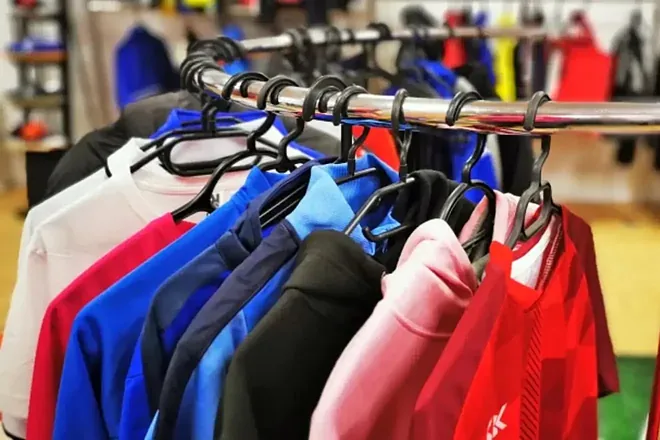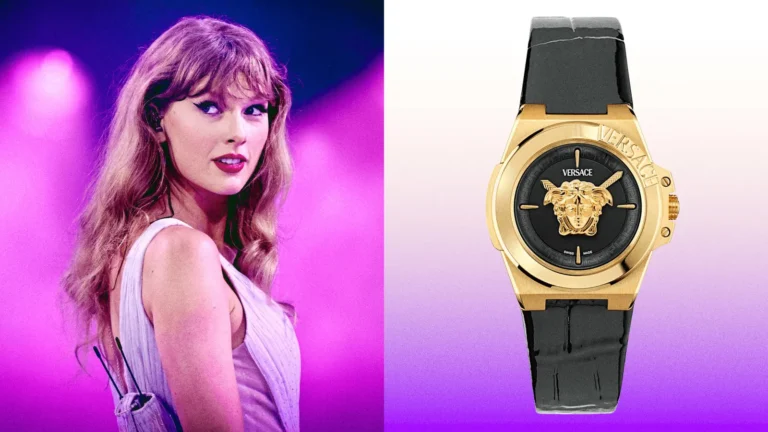- The rumored Puma sale is being driven by weak financials, tariffs, and stock underperformance.
- Artemis, the Pinault family’s holding company, appears ready to exit its 29% stake.
- Potential buyers include Anta Sports, Li Ning, U.S. sports companies, and Middle Eastern sovereign wealth funds.
- Market optimism is high — Puma shares surged 20% on the news.
- The future of Puma will depend heavily on who steps in as its new owner.

The sports fashion world is buzzing after reports surfaced of a potential Puma sale. One of the most prestigious global sportswear brands is now facing ownership uncertainty after its holding company, Artemis, revealed it may sell its 29% stake in the German giant.
With sales dipping, tariffs cutting into profit, and a sharp drop in share value, this possible Puma sale has sparked both concern and optimism in the industry. Investors, competitors, and consumers alike are watching closely.
Why Is Puma Facing a Sale?
The reported Puma sale isn’t happening in a vacuum. Several factors have created the perfect storm for Artemis to consider walking away from its stake.
1. Falling Sales and Lower Forecasts
- Puma reported a 2% year-on-year decline in second-quarter sales.
- The company revised its annual forecast downward, signaling weaker performance for the rest of 2025.
2. Overstocking and Weak Demand
- Oversupply has forced Puma to slash prices to clear inventory.
- This has pressured margins, cutting into profitability at a time when competitors like Nike and Adidas have shown resilience.
3. Tariff Impact in the U.S.
- New U.S. tariffs on imports from China, Vietnam, Cambodia, and Indonesia led to a $93 million loss in gross profit.
- As Puma relies heavily on Asian manufacturing, it was more exposed to these trade policy shifts.
4. Stock Market Slide
- Puma’s stock has fallen by more than 50% in 2025.
- Its market valuation now sits at just $3.2 billion, a dramatic drop for a company once considered a top-tier player.
In short: the Puma sale is being driven by financial strain, weakened consumer demand, and mounting external costs.
Artemis and Its Stakes in Puma
To understand the potential Puma sale, it’s important to look at Artemis, the Pinault family’s holding company.
- Owner of 29% stake in Puma
- Other investments include Kering (luxury fashion), Courrèges, and Giambattista Valli
- Focuses mainly on luxury and high-end brands, which are performing better than Puma’s sportswear line
Given this portfolio, the Puma sale would allow Artemis to:
- Cut exposure to underperforming sports fashion
- Reinvest in stronger luxury markets
- Streamline its holdings in line with long-term strategy
Market Reaction to Puma Sale Rumors
The reaction to news of a potential Puma sale was immediate and positive:
- Puma shares jumped more than 20% on the news.
- Analysts noted optimism about a potential change in ownership.
- Investors believe fresh capital and new management direction could help Puma recover.
This shows that while current performance is shaky, the Puma brand itself still holds global prestige and market potential.
Who Could Buy Puma?
Speculation around the Puma sale has focused on several key buyers. Let’s break them down:
| Potential Buyer | Why They Might Be Interested | Strategic Advantage |
|---|---|---|
| Anta Sports (China) | Expanding aggressively in global markets | Could use Puma to compete with Nike & Adidas |
| Li Ning (China) | Strong base in Asia, wants Western exposure | Puma adds instant global reach |
| US Sportswear Companies | Strengthen portfolios and market presence | Combine Puma with existing operations |
| Middle Eastern Sovereign Wealth Funds | Diversifying investments in fashion & sports | Long-term capital backing without pressure for quick returns |
A buyer from Asia would likely redirect Puma’s focus toward emerging markets, while a U.S. acquirer could intensify competition in North America. If a sovereign wealth fund steps in, Puma might get stability and patient capital for a long-term rebuild.
Puma’s Position vs. Nike and Adidas
To see where Puma stands, it helps to compare with its two biggest rivals:
| Brand | 2025 Market Value | Recent Performance | Key Focus |
|---|---|---|---|
| Nike | ~$140 billion | Strong growth in digital & direct-to-consumer sales | Innovation + lifestyle integration |
| Adidas | ~$28 billion | Recovered from supply chain issues | Football, global lifestyle appeal |
| Puma | ~$3.2 billion | Down 50% in 2025, struggling with sales & tariffs | Mid-market sportswear |
While Puma still has brand recognition, it is clearly falling behind Nike and Adidas in terms of scale, strategy, and resilience. This performance gap is another reason the Puma sale feels inevitable.
Why the Sports Fashion Sector Is So Tough Right Now
The Puma sale highlights deeper pressures across the sports fashion sector:
- Intense competition: Nike, Adidas, Under Armour, and rising Asian brands fight for the same consumers.
- Changing consumer habits: Demand is shifting toward athleisure and digital-first shopping.
- Global trade risks: Tariffs and supply chain issues make margins unpredictable.
- Sustainability demands: Younger buyers want eco-friendly products, which increases production costs.
Puma’s struggles mirror these challenges, but its smaller scale compared to Nike or Adidas leaves it more vulnerable.
What the Puma Sale Could Mean for the Future
Depending on who acquires the brand, the Puma sale could reshape its future in very different ways:
- Asian Buyer (Anta or Li Ning)
- Push Puma deeper into China and other emerging markets
- Use Puma to rival Western giants
- Increase production synergies
- U.S. Sportswear Buyer
- Create new rivalries with Nike and Adidas in North America
- Expand Puma’s presence in college and pro sports sponsorships
- Sovereign Wealth Fund Buyer
- Provide stable long-term capital
- Less immediate restructuring pressure
- Focus on global brand rebuilding
The Global Significance of a Puma Sale
The Puma sale isn’t just about one company — it has ripple effects across the entire sports fashion landscape:
- Consumer Impact: New ownership could mean fresh collections, marketing shifts, or pricing strategies.
- Industry Shake-Up: A major acquisition could intensify rivalries or open up new markets.
- Investor Interest: The sale signals opportunities for big investors looking to diversify into sports and lifestyle sectors.
The possible Puma sale represents a turning point not just for the German brand, but for the entire global sports fashion industry. While its recent struggles are undeniable, Puma still carries prestige, brand loyalty, and global reach. Under the right ownership, it could stage a comeback and reassert itself as a challenger to Nike and Adidas.
For now, the industry waits — but one thing is certain: the outcome of the Puma sale will shape the balance of power in sports fashion for years to come.







